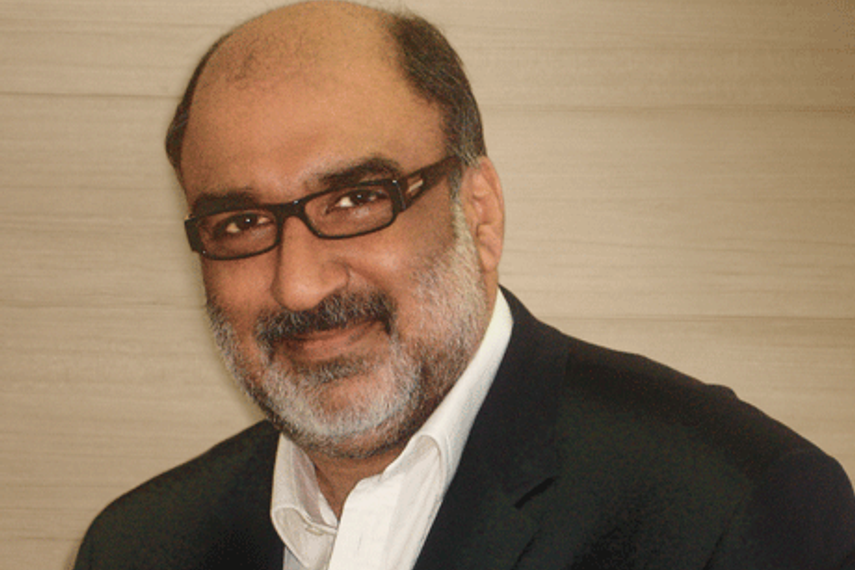
With acquisitions and talent in the fold, he labels this as a realistic climb from the agency’s current position on billings, which he ‘guesstimates’ to be at joint number five alongside a few others. This is accounting for all the units together – Publicis Capital, Publicis Ambience, Publicis Beehive, iStrat and Red Lion.
“Eighteen months ago, we were a little over 300 people, today we are over 570. Eighteen months ago we had seven digital people, now we have over 100 with the acquisition of iStrat and Beehive. At the start of the last quarter of 2012, the services we had in offer were ATL and BTL (creative), digital advertising, design, activation. Today, we have ATL, BTL, full suite of digital services, creative, design, activation, media, digital media and others. We’ve added management consulting and shopper. So scale has definitely increased,” explains Chopra.
“We have got back HUL’s Lakme Skin account from Ogilvy. Subway was a big win. We also bagged Ambuja Cement, Maruti Celerio, WeChat, Rajhans (a property and entertainment chain foraying into consumer goods), Enamor, Suzuki Motorcyles, Bharati AXA, Fabindia... so there’s a lot of momentum. We have big chunks of some of these businesses, like Nerolac. If you look at L’Oreal, who work with two agencies (McCann and us), we manage more than 60 per cent of the work. For Nestle, we started with Maggi in 2006. We now handle the entire dairy portfolio, Nestea and Nescafe Sunrise (a brand in the South). We’re competing with the biggest and we have over 60 per cent of their business. We have similar amount of the Maruti business,” he adds.
Here are edited excerpts from an in-depth interaction prior to the Cannes Lions International Festival of Creativity, and post Goafest 2014.
How have Publicis Capital and Publicis Ambience grown, for starters (if we unclub Beehive)?
Beehive is as integrated within Publicis as Ambience and Capital are.
In France, we perhaps run nine agencies. Some of them do different things and manage different businesses, but public perception is about Publicis and not the sub-brands. I sometimes wonder whether I should, and may do that sometime soon, lose the original sub-brands and replace them. Nobody thinks of the Dentsu sub-brands because of the names given to them. In our case, they get remembered because Ambience, Capital and Beehive were agencies. But if I make them Publicis Red, Brown and Blue, people will stop remembering the sub-brands.
We need to catch up with some of the large agency networks (which run multiple agency brands too), that inadvertently have had the benefits of staying here when several shut down. It wasn’t a strategy to stay but they stayed because they had the Levers business to service.
We decided to keep the multiple brands because we believe it allows us to grow faster. It’s not about being Capital, Ambience or Beehive - it’s about being Publicis. Yes, Ambience and Capital are creative agencies and Beehive is a full service agency, but they’re all Publicis.
Some of the past five years is filtered by or tainted by the fact that global networks will often rearrange global businesses across regions. Today we might be hubbing something out of India, that might move to Manila or Singapore for some reason or the other. Secondly, the gain and loss of global accounts is often not a reflection of or in control of local agencies.
I would say that if I took five years, we’ve had a fluctuating curve. We’ve had a couple of nasty years, mostly associated with global realigning. HP used to be a big account; recently we did some rearrangement on the P&G account as well. Other than that, the new client acquisition rate and the growth from that has been ‘healthy’. This was more or less the case till 2011. It did not meet our fierce ambitions. So that’s what has driven us into the next phase of thinking and doing.
Your guesstimate is that you’re number five. What would this number have been three years ago, pre-2012?
We could have been at number nine or 10 in early 2012.
How big is the digital contribution to business?
Over 15 per cent. We have consolidated all our digital capabilities in two places. Those days when you had different teams (advertising, digital) have gone now. We do digital with Teacher’s for example – so there’s a combined team of Publicis Capital and iStrat. Other than visiting cards and e-mail IDs there’s no difference for clients. We are integrating digital into the mainstream.
While we have combined teams where it is necessary, the lines are clearly drawn. We’ve got different offices on different floors, and access cards of each offices are different. For people who want to catch up, they need to come up to the fourth floor where we have the common (corporate) office.
I disagree with that assessment of it being a ‘tourism specialist’ agency. Sanjit Sastri’s approach has been sector-specific. He develops sector expertise and then goes behind the sector - like food, retail. Calling Beehive a tourism specialist agency is like calling Capital an auto specialist agency. Yes, they have one large client in that sector, but they have others too. People called Ambience a beauty agency once! It’s not an unfair tag but it’s not true.
As it is, when an wholly owned Indian agency becomes part of any globally listed group, just on the financial compliance it’s a rough ride no matter how well you’re running your agency. When we looked at Beehive, we saw three or four things. First, for us, much before we saw the P&L, was the chemistry. We saw whether they’ll thrive under our system.
Another thing to look at is what to acquire. We could have acquired something large with no strategic reason. What would happen then is that it’ll be managed until the initial promoters are around.
Thirdly, their P&L made sense.
Last, but not the least, you can’t acquire something that has such large conflicts, that it would lose businesses or you would.
When we looked at Beehive, in Sanjit and the team, we saw the entrepreneurial spirit we have in this agency. This organisation is not about top-down. You’re left to do it yourself after a point; and obviously, we’re there to help with whatever you want.
A JWT or an Ogilvy type of a network (I’m talking about them with respect and not in a demeaning manner) have got guys who have worked with the agency for 20 to 25 years. It’s almost like plug-and-play for them. If they need to replace a CEO, they can immediately appoint one internally. We’re not like that we’re a ground-up network, so that entrepreneurial spirit becomes very important for us.
Strategically, there is a downside to media having gone out of the agency. You will start seeing a big reconsolidation soon.
When I say media now, I’m referring more to brick and mortar. In digital, it’s anyway not possible to separate creative and media. (Having said that) It is very difficult for a creative agency to organically build digital media. There’s a whole infrastructure that you need to support it – processes and data. That’s very lucrative about Beehive – they’ve got both brick and mortar and digital media.
So these were all the factors that made it work. For me it’s the coup of the decade.
I would come back to looking at it as Publicis (as against Ambience). Publicis was in the top three in the awards in 2009. Because Goafest (Abby) doesn’t give a ranking, different media gave different rankings (in 2009, McCann had more metals, but we had more Golds and Silvers). In 2010, there was no dispute whatever way you looked at it. In fact at the end of it, we were number two.
I wouldn’t exactly say that we haven’t focussed on it. But to gain creative reputation, you need these three things I spoke about to come into play over a period of time.
There is some element of differentiation between the kind of work that wins awards and the type of work that becomes popular. If you become too award focussed you run the risk of not giving your best to your current client and that’s a risk we’re not willing to take. With the new people coming on board, our focus has been more on Effie (kind of work) and more towards the work we put out. We can then come back to (creative) awards whenever we want. We were number five in the Effies in December.
Our targets are very clear; I want to be in the top three by reputation, size and quality of work (recognised by my peers).
Currently, I’m not, but I want to demonstrate that we’ve come into the number five-six bracket and done the stuff to get us here. From here it’s a grind. Every campaign is important and we can’t pick two and say we’ll do those well.
Client spends have been impacted even this year. It has been sector-specific and we have to be careful when we read into this. Some sectors have been impacted and some continue to get impacted. Some have slowed, yes. The difference between last year and this year is that it seems last year people were caught unaware. There was a big slide last year and so people felt it more.


.jpg&h=334&w=500&q=100&v=20250320&c=1)




.jpg&h=334&w=500&q=100&v=20250320&c=1)


.jpg&h=334&w=500&q=100&v=20250320&c=1)

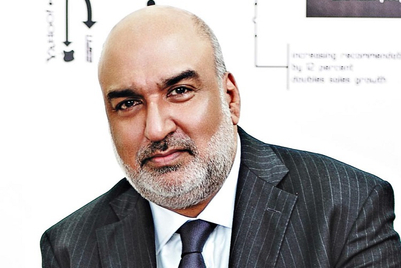



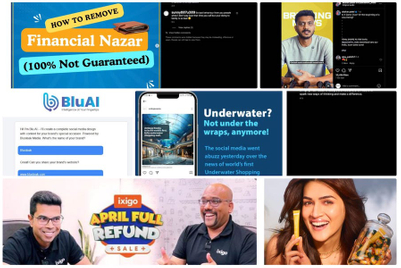
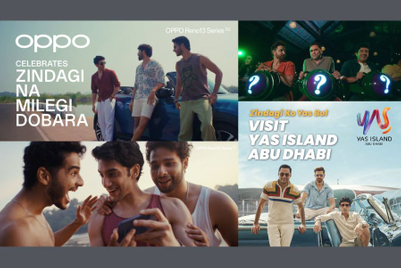
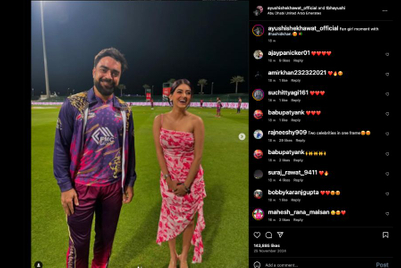
.jpg&h=268&w=401&q=100&v=20250320&c=1)
